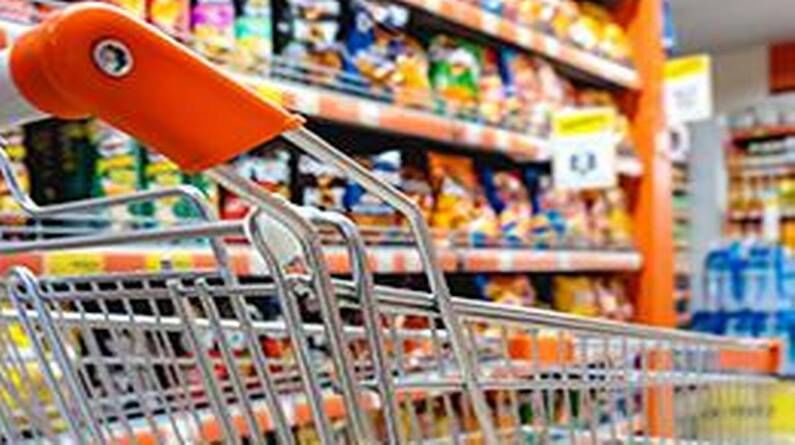FMCG companies grow in revenue terms as volume falters
Since last year, the prices of palm oil, crude based derivatives, freight and tea for the FMCG industry have seen an unprecedented rise

The FMCG (Fast Moving Consumer Goods) market increased by 6.2% on the basis of sales revenue, however the volume slipped by 1.8%, The Economic Times reported on Wednesday. According to data from market research firm Neilsen, industry executives said that during the August, the market expanded by 21.7%, but the volume increased at a slower pace of 7.5%. The FMCG market was entirely driven by pricing or value after volume growth faltered, owing to sluggish demand in villages and hygiene segment due to a high base to compare with.
Sales revenue down by 7.2% in August due to low base effect
Hindustan Unilever Limited (HUL) in its earning call said that the rural market growth for FMCG as per Nielsen had seen a substantial slowdown at 2.5% in August and September as compared to the January to July period when it was more than 12.5%. In contrast, urban consumption has been much better due to the easing of pandemic related restrictions.
The data from Neilsen also suggested that August had a weak base last year, sales revenue had slipped by 7.2%, with volume falling by 6.6%. There was comparatively a stronger growth of 8.6%.
Since last year, the prices of palm oil, crude based derivatives, freight and tea for the FMCG industry have seen an unprecedented rise. Palm oil has been 80% higher than in March last year, while crude and tea prices have risen by more than 50%. Adding to that, freight costs have increased by more than five times than what they used to be prior to the pandemic.
To offset this rising input cost, companies have been increasing prices across categories by 7 to 10% as a result.
Download Money9 App for the latest updates on Personal Finance.
Related
- Top 25 Best Selling Cars in the US Q1 2025 Ford Leads Tesla Holds, and Sedans Make a Comeback
- Vegan vs Non-Vegetarian: Which Diet Is More Nutritious and Better for Your Health?
- होंडा ने हेडलाइट समस्या को ठीक करने के लिए वापस मंगवाई CB300R मोटरसाइकिलें
- RBI ने लगातार दूसरी बार रेपो दर में कटौती की, कर्ज होंगे सस्ते
- Tata Motors की वैश्विक थोक बिक्री चौथी तिमाही में 3% घटकर 366177 इकाई
- सुरक्षा मानदंडों को पूरा करने की बढ़ती लागत की वजह से दाम बढ़ा रही हैं कार कंपनियां

